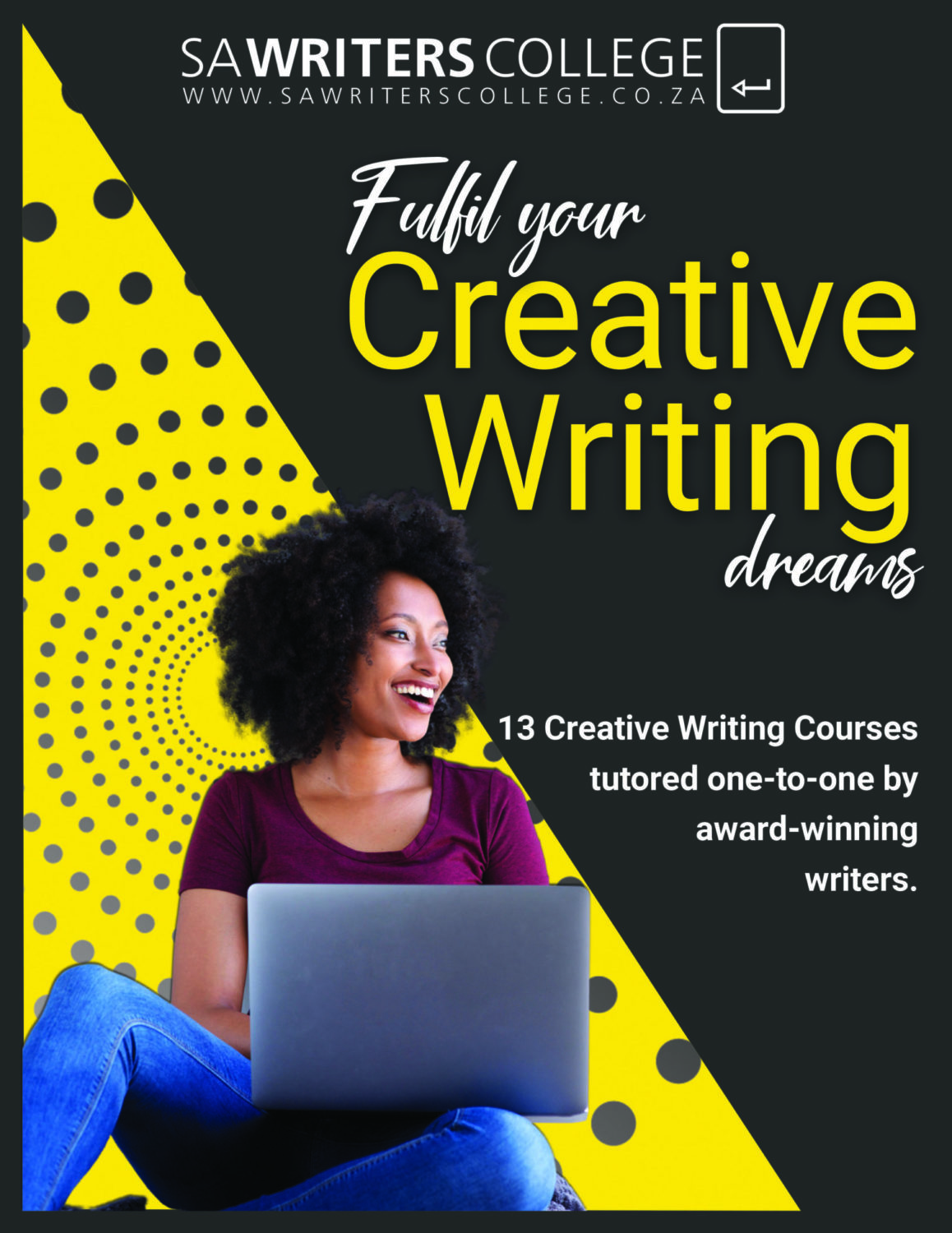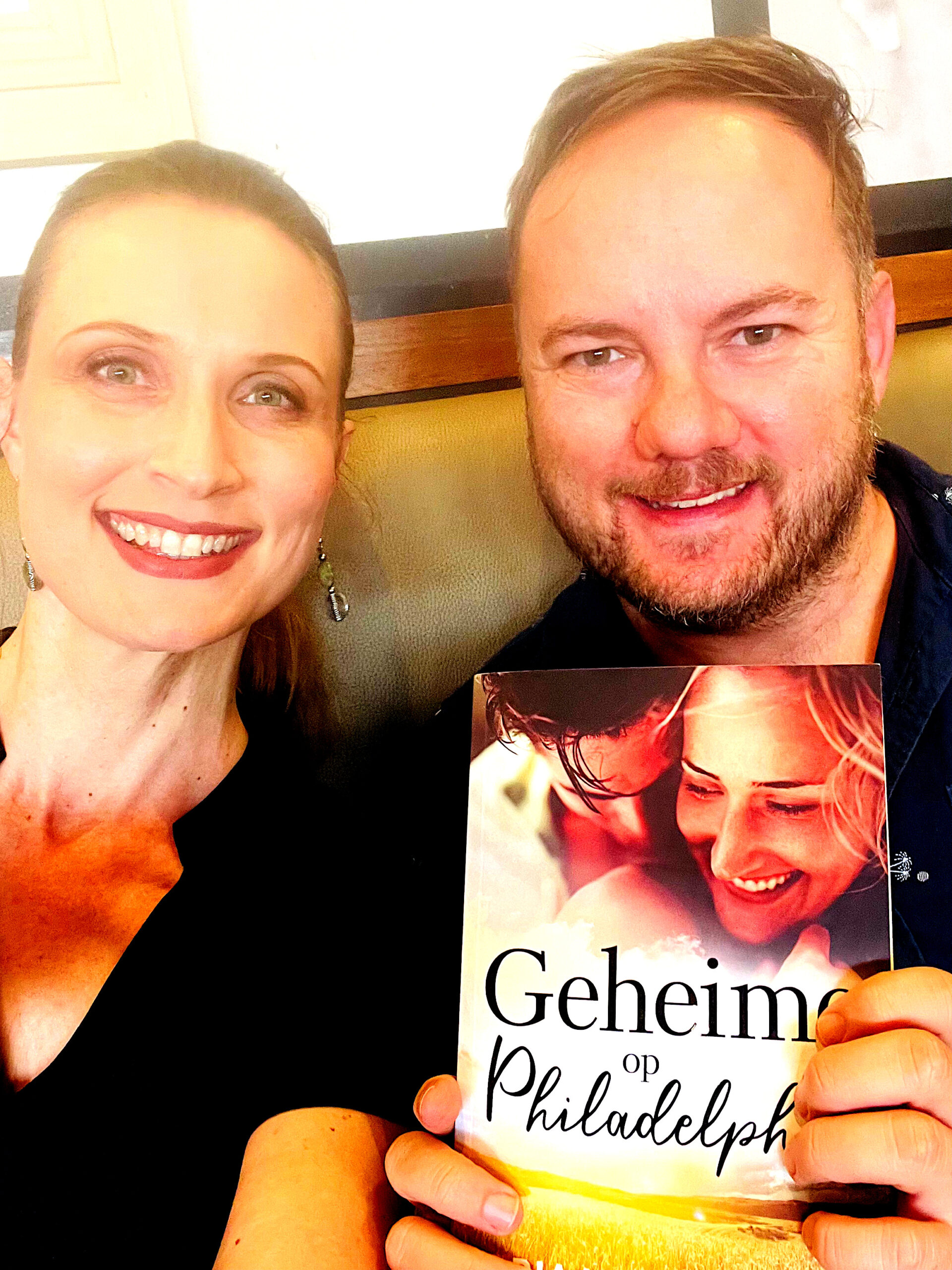With so much online content to compete with, it can be hard to capture the attention of modern audiences. We’ve all seen their blank faces on public transport as they flick from one video or image to the next, barely stopping to read a headline, let alone an entire article. In an era dominated by visual content, how do you keep your reader engaged to the end of your article? If we’ve kept you hooked so far, here are a few top tips:
- A well-crafted headline is key. Writing effective headlines involves two important strategies. First, you should incorporate relevant keywords that are likely to come up in searches on the topic. Second, make sure your headline is catchy to entice the audience to read further.
- Do not resort to clickbait! While your headline should be catchy, using clickbait will alienate your audience. They may click on your article for the latest ‘hot gossip’, but if the headline misrepresents the content, you’ll lose them forever. To keep your readers coming back for more, ensure that your article delivers what it promises.
- Avoid a high bounce rate. It’s essential to know your target audience and appeal to their interests. Otherwise, you may attract the wrong readers, who will leave as soon as they realise your content is not for them. Whether you’re writing your own content or working with a client, achieving a low bounce rate is a priority, as it indicates that your writing is reaching the intended market.
- Start strong. Your opening paragraph is your chance to prove that your article is worth reading. Use the opportunity to make it clear that your reader has found what they’re looking for, or start with something striking that piques their interest.
- Keep your reader engaged. Encourage your audience to keep reading by leading them from one paragraph to the next. One way to do this is by way of a Q&A layout. This isn’t always a Q&A in the literal sense, but, for example, an issue raised in one paragraph should make readers want to find out the solution in the next paragraph. Always ensure that your writing flows logically, and vary your sentence and paragraph length for more interesting reading.
- Get to the point. Avoid providing a lot of irrelevant or superfluous information. While backstories and personal anecdotes can be endearing, waffle too much, and you’ll lose your reader. Those recipe blogs come to mind …
- Use jargon wisely. Don’t confuse your readers with unnecessary jargon, but don’t patronise them either. If your article is industry-specific and your readers are familiar with the terminology, use it accordingly.
- Be unique and compelling. Write with your voice (or your client’s) and add personality. Don’t leave your reader wondering if your piece was written by AI software. If you’re taking a stance on something, don’t be wishy-washy about it. Back up your opinion or perspective with facts, figures, quotes and statistics.
- End well. There are many great ways to do this. For example, you could tie your conclusion back to the ideas you expressed in your opening paragraph, or leave the reader with something to ponder. Some articles lend themselves to follow-on pieces. In such cases, let the reader know that you’ll bring them updates upon further investigation or as the story progresses.
Post Views: 1,088













